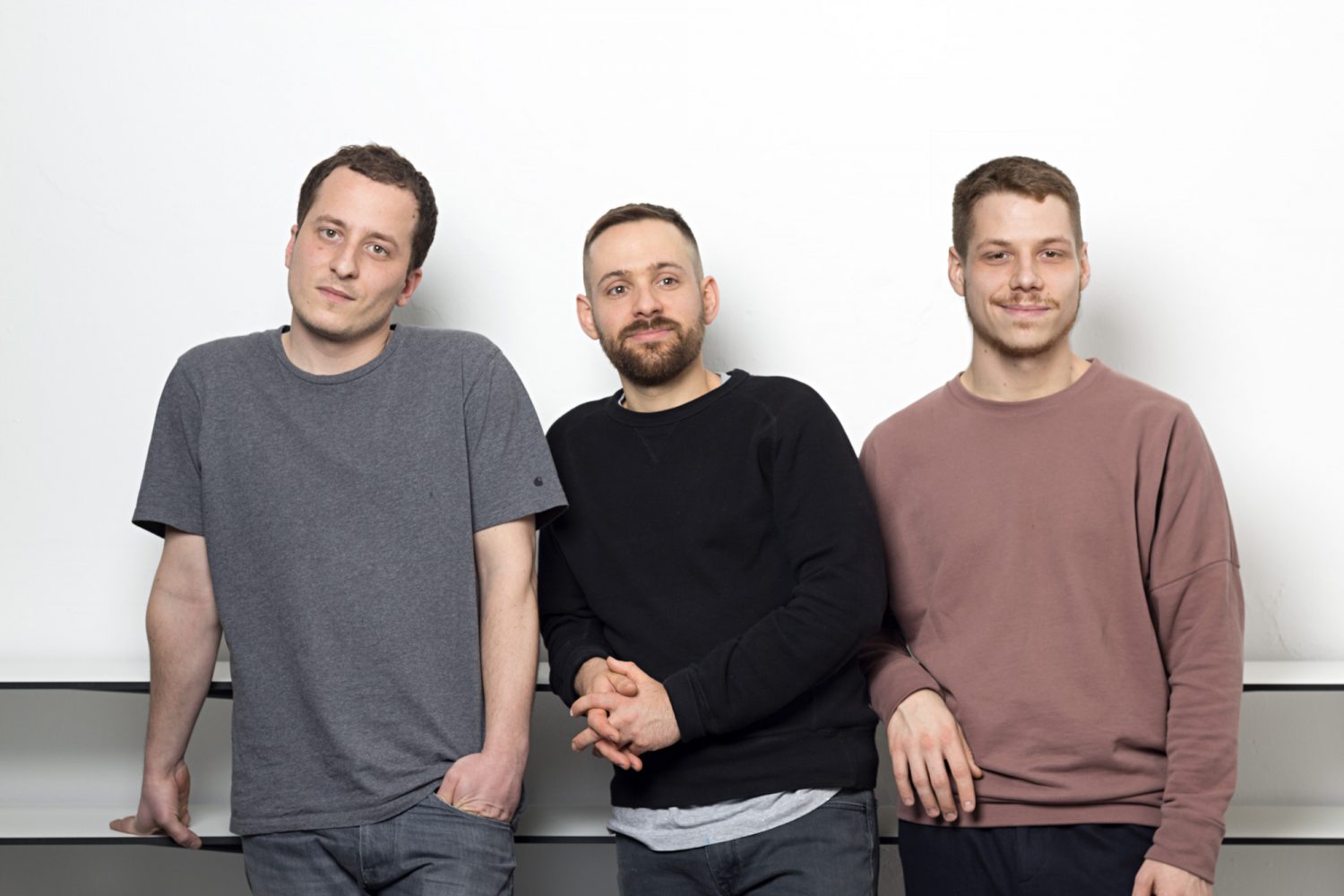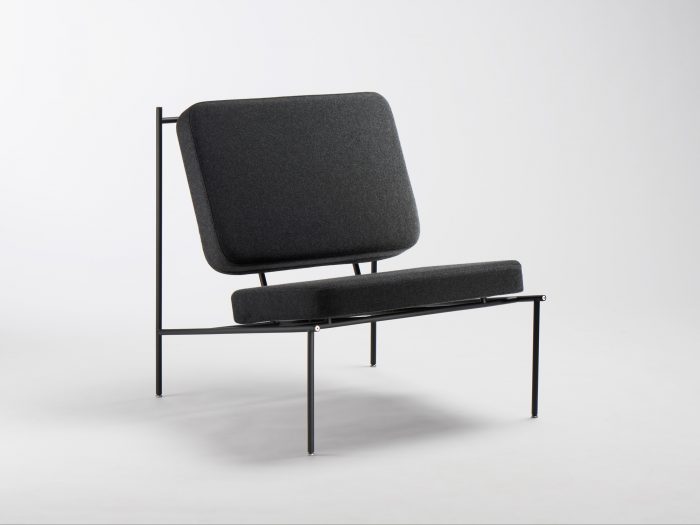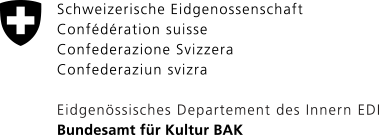
05 May 2017




Egli Studio is an industrial and product design studio. It was founded in 2014 by Yann Mathys and Thibault Dussex, a year after graduating from ECAL with a Bachelor of Industrial Design and Products. The two designers originally from Geneva work for a very varied clientele such as Galerie NOV, the advertising company Remarq, Création Baumann or Dadadum. In 2016, their company evolved and became a limited liability company. After numerous collaborations around scenographies, they teamed up with Matthieu Girel to create Hypercollection.
Hypercollection is a minimal furniture system that consists of modular objects. It is designed to furnish workspaces. Its aim is to delimit without fencing in order to adapt itself to various contexts.
The trio’s vision and values are reflected by rationality of production, sustainable development and environmental responsibility. They use simple and direct lines to make their productions readable and understandable. The valorization of production techniques and materials through their products is at the center of their reflection.
In our interview they answer the question why good design is always visible.
What is the task of design?
Design should improve users experience of objects and educate them to consume better quality goods.
How does design change life?
Design changes life through the aspects of products or objects. It can improve the efficiency of an action like tools do. The most clever solutions can even help entire populations. It should also have some didactic approach. Making a product easy to understand is the best way to make the user reflect on what surrounds him and how he consumes things. In the best case scenario, it can even make him aware of many other aspects of product design, such as ethics, environment, politics and economics. All these factors can influence his consumer choice and lead him to a more respectful way of consuming.
Is design always interdisciplinary?
Yes, definitely. No designer can work all alone in his shed in the back of his garden. As soon as a designer starts to work, he has to get surrounded by people working with the technologies involved in his project. It’s the best way to move forward and not to get trapped in some bad mistakes or choices. Understanding technical aspects of a discipline is crucial to make things better. The rest of the designer’s approach gives personality to projects and makes the difference.
When does design reach its limits?
Design reaches its limits, when it is used to sell bad or useless products such as the ones on teleshopping.
Is good design invisible?
Good design is visible! Quality work and products are easily noticeable through visual, tactile and material aspects. The sound, the finishing, the weight, the assembly, the mechanics – all these characteristics give the user clear indications on the overall quality of an object or a product.
Must design create something new?
Design should accompany technical innovations, it also should mainly be used to create something better.
Which designer influenced you?
Our work is mostly influenced by people we meet through projects: the manufacturers, the craftsmen, the clients. All these people matter for our design process.
